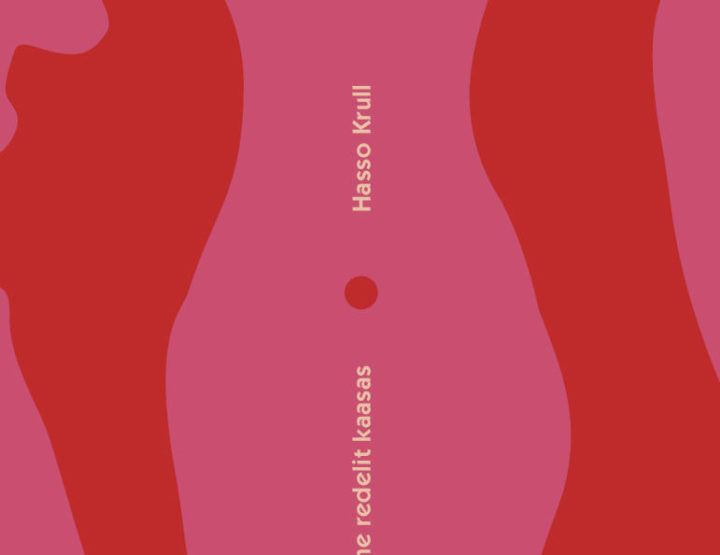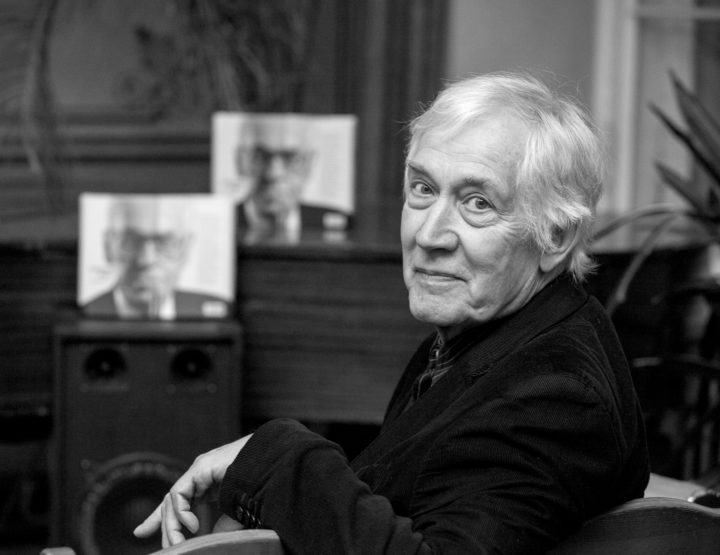During the seventies and the eighties the annual review of poetry in the literary magazine Looming was an important and influential institutional device. Some of the reviewers made it sound like a manifesto, where they launched powerful slogans and distributed the keywords that other critics later on tried to elucidate or overthrow. The reviews also included complete lists of poetry books published within a year.
In the nineties the situation has been different. The literary scene has become scattered and pulverized, so that it looks less institutional and more like the scene of pop culture. The other reason that makes it difficult to write a general review of poetry is the enormous amount of the books published. In 1998 there were more than 75 of them (the exact number remaining unknown) and thus it became impossible to analyse all the books in the same review. Nevertheless one can fix and describe the more general trends.
The most remarkable new trend in the Estonian poetry is something that might be called the neo-baroque or illusionist trend (these terms are mine, to evade the word ‘postmodernist’ that is evidently misleading and creates a false impression that the rest of the poetry is something like ‘prepostmodernist’). This trend is represented by the poets who have learned to use their poetic freedom to cover the widest possible range. The special characteristics are a dramatic approach to the form of a book (strange layouts, paratextual illusions, exaggerated classifications), an attempt to serialize texts, so that they would form unities transcending the limits of a single poem, and complicate intertextual effects. Names like Kalev Kesküla, Elo Viiding, Paavo Matsin and Marianne Ravi can be mentioned here.
The award-winning book by Kalev Kesküla, Songs of the Republic (Vabariigi laulud), offers a most thoroughgoing example of the serialist technique. The whole book is built around a specific keyword, “Republic”, that holds the meandering discourse together and creates an effect of incessant iteration. The critics have greeted the book as a patriotic canticle, but in fact it is more ambiguous, as the author himself makes the distinction between “Fatherland” and “Republic” in some remarkable passages of the text.
Elo Viiding’s V (the heading can be read both as a number and a letter) is another example of a baroque sensibility. The paratextual illusionism affects even page numbers, and the poet herself has chosen to classify certain poems as “bad poems” or “mediocre poems”, while the chapter of “good poems” presents only empty white pages. Elo Viiding gives us the longest single word in the last year’s Estonian poetry, that can be translated as “ahwhatanecstasyahwhatanecstasyahwhatanecstasy”, and she paraphrases the famous Wittgensteinian formula as “wovon man nicht sprechen kann, darüber muß man schreiben”.
Another influential trend is the mannerist one, that has its roots in the eighties. This trend can be even more language-centered, trying to exemplify the rarest strata of the poetic language and often using rhyme and alliteration. Here one can mention names like Indrek Hirv, Marko Kompus and Lauri Sommer.
Indrek Hirv is probably the strongest mannerist poet of the decade. He has written in the same symbolist style from the beginning of the eighties, and has achieved a considerable virtuosity. On the thematic level one cannot detect any innovations in his poetry, it simply reflects the neoromantic pattern from the beginning of the century. However, on the level of expression it offers a spectacle of elaborate nuances, combining to form a special hyperpoetic language and making the author’s hand instantly recognisable. Hirv published two books in 1998, one of them the untranslatable Fuugamust and the other a selection from three previous books. Hanno Kompus, in his first book The Absinth Wall (Koirohusein), writes in a more alliterative and elusive manner, but the attempt to establish a personal poetic idiom is equally visible.
The trend of humoristic pop-poetry is another important one. A young poet using the pseudonym Contra can be called the king of black humour in Estonian poetry at the moment. His I am not your radio (Ei ole mina su raadio) includes nearly 200 tricky poems, written in slang and resembling to nursery rhyme. Contra is a master of colloquial expression, and at his cleverest moments he can achieve a brilliant effect of nonsense or satire. Today his poems are especially popular among school children.
Two punk poets, Merca and Villu Tamme, who started writing in the eighties, also represent the same trend today.
There are other poets who do not fit into general trends as easily. One of the major poets of Estonia, Jaan Kaplinski, published a book called Night Birds. Night Thoughts, that includes poems written in Estonian, Finnish and English. Although the critics have said that this book does not represent the peak of his recent production, it is still a remarkable one. Kaplinski, who has been writing poetry all through the last four decades, is evidently making conclusions of his own writing. His language has become very concise, but paradoxically quite devoid of metaphors, and he obviously demonstrates his independence from any specific language, switching indifferently from one to another.
Smoke rising from chimneys,
a lone crow sitting on a birch top,
sun rising behind the Tahmela hill;
white turning yellow-blue.
No snow can be white
except in the dark
when we don’t see it.
Read those poems at night
when the curtains are drawn,
and the world on the other side of the window
becomes just an hypotheses
along many others.
A literary scholar Arne Merilai published a book of illusionist virtuosity, Merlin’s Treasure (Merlini aare). This book could equally be aligned with either the neo-baroque or mannerist trend, but the easiest way to describe it is to call it playfully academic. Merilai indulges in pastiche and parody, pleonasm and alliteration, but his keenest passion is the anagram, which acquires enormous proportions. Aare Pilv’s The Sun or the Sun (Päike ehk päike) also represents an analogous sensibility, experimenting with neologisms and often poking fun at poetic expression itself.
An award for a literary debut appearance was received by Kirsti Oidekivi for her To the Snails (Tigudele). Her writing focuses on feminine experience and manifests certain tendencies called either surrealist or anarchist by the different critics.
The South-Eastern poet Kauksi Ülle published her third book of ballads, A Wife Made of Gold (Kuldnaanõ. Kultanainen). As she does not really write in Estonian, but in the South-Eastern language called Võru or Ugandi, this book belongs to Estonian poetry only in a manner of speaking. Ülle retells the ballads in a minimalistic verse that becomes very tense and looks strictly modern, despite the obvious attempt of the author to represent an archaic mentality of her native area. She is clearly one of the best and most ambitious writers who has ever written in that language.
Besides those trends and personalities there exists an enormous bulk of writing that cannot be called a ‘writing of the nineties’ in the strictest sense. There are poets following several lines of development that belong to the poetic convention of the eighties, the seventies, the sixties, the fifties or even the thirties… Their evident intention is to become original writers following the path of their favourites, i. e. using the mould of their historical preferences. I would like to call them ‘historicist poets’, although the word ‘historicist’ sounds ambiguous. The historicist poets produce historicist poetry, that sometimes equals their models by virtuosity. However, they never exaggerate their style as the mannerists do. If I would try to express everything in terms of trends, I would say that historicism is the principal undercurrent that makes the more prominent fashions and figures visible.
© ELM no 9, autumn 1999
Estonian poetry 1998. Fashions and figures
By Hasso Krull
–
Share:



